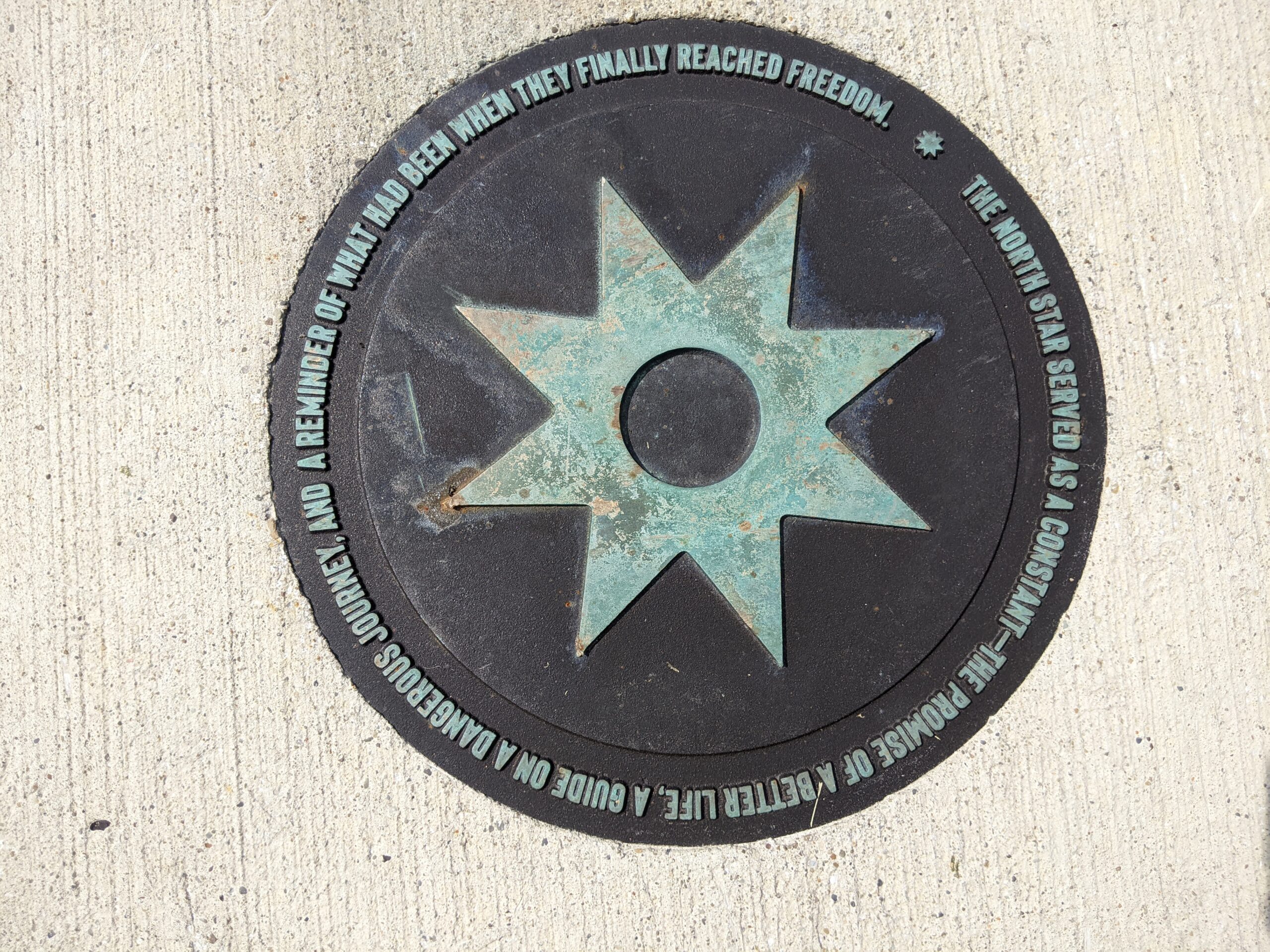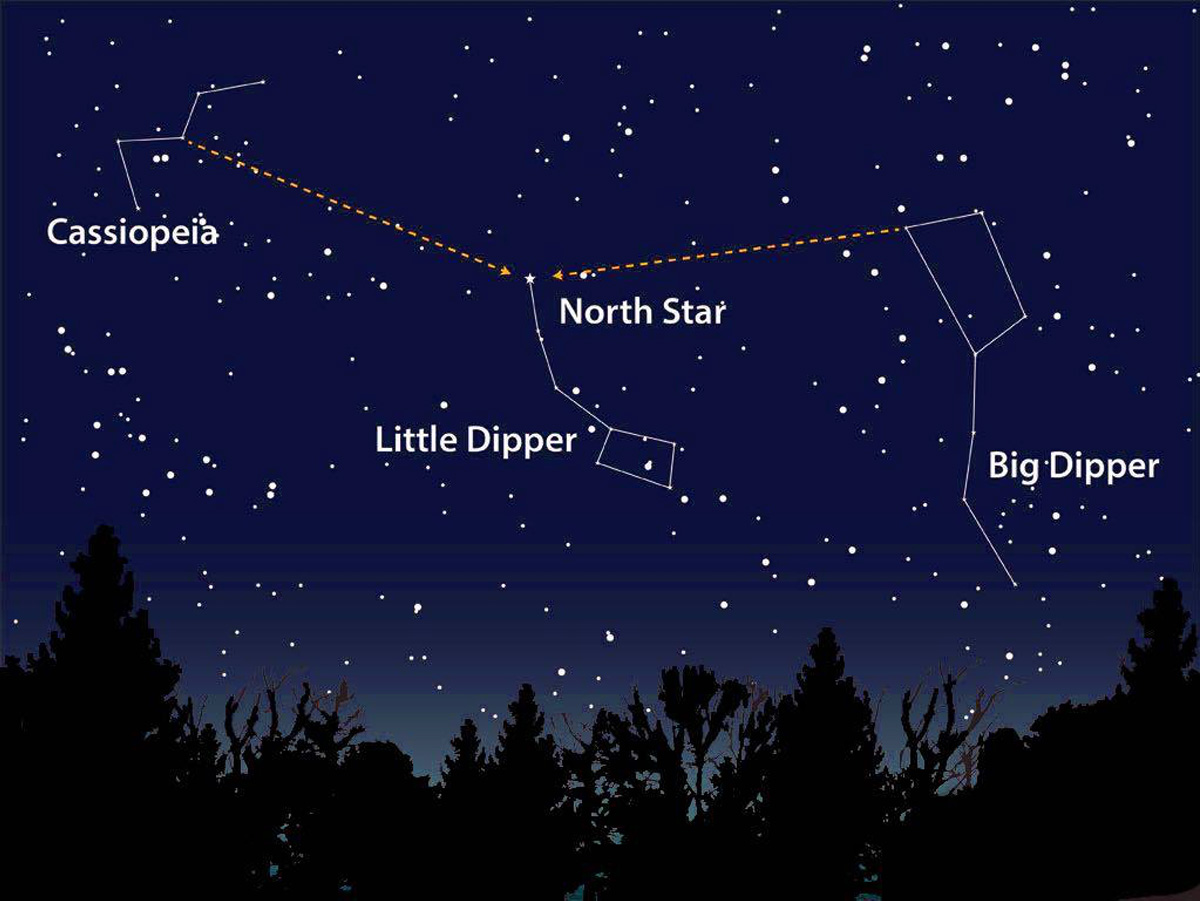Follow the North Star
By Kevin Cronin
Escaped slaves seeking freedom often followed the North Star, but why was this important? What does it mean to follow the drinking gourd and the North Star? For centuries, the North Star, or Polaris, has been crucial for navigation due to its fixed position in the sky.
The "Drinking Gourd" refers to the constellation known as the Little Dipper, which, along with the Big Dipper, helps locate the North Star. The North Star is the first star in the handle of the Little Dipper, shining brightly at the end of the ladle's handle.
To find the North Star, look for the Big Dipper in the northern sky. Trace a line from the bottom star of the Big Dipper's cup through the rim star and extend it further. This line points to the North Star, the tip of the Little Dipper's handle.
In the past, before pollution and city lights obscured the sky, the stars were much clearer and easier to navigate by. The North Star, always bright and seemingly unmoving, was ideal for guiding explorers and those seeking freedom.
Why does the North Star seem to stay still? It’s all about location. If you were at the Earth’s equator, the North Star would appear just over the horizon. At the North Pole, it would be directly overhead. This makes it an ideal navigation tool because it seems to never move.
The Earth’s rotation makes the sun rise and set and the stars move across the sky. The Earth is also tilted, creating seasons. If we extended a line through the Earth’s center more than 300 light years past the North Pole, it would point to the North Star. This alignment makes the North Star appear fixed in the sky, 24 hours a day.
Not only does the North Star help you find north, but its height in the sky can help determine your location on Earth. This was incredibly valuable information for explorers like the Viking Eric the Red in 980, Native Americans, Ferdinand Magellan in 1519, and Christopher Columbus in 1492.
Want to head north? Follow the "Drinking Gourd."



